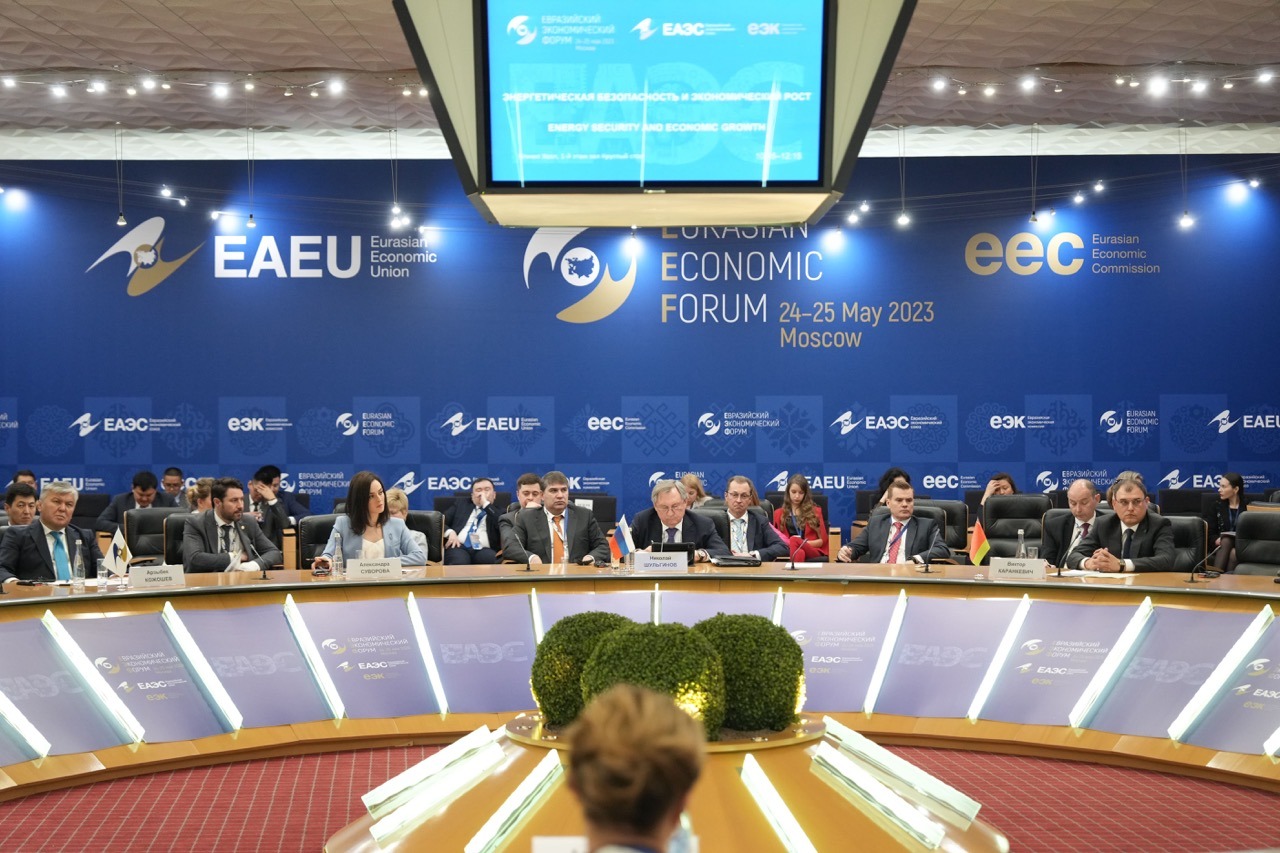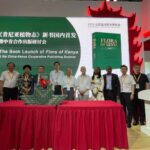Over the past decade, a number of Eurasian states have launched an ambitious project to create a common economic space supported by close political, military, and cultural ties.
The integration processes of such superpowers as Russia, China, and India, as well as dozens of other states in Central Asia, the Asia-Pacific region, and the Middle East, took increasingly clear shapes on the platform of such international organizations as BRICS, SCO, and EurAsEC, but in the last two years, these processes have accelerated so much that in the world media, there are increasingly heard opinions that this alliance becomes a new political and economic pole of the world.
Russia and China, with their enormous human resources, ultimatum military, and political power, and the world’s largest reserves of energy and natural resources, were initially among the driving forces behind the creation of a common trade and economic space on most of the planet’s largest continent.
Each of these superpowers is itself a self-sufficient state and a center of attraction for many smaller countries in need of strong allies, trade and economic partners, and investors. Both Moscow and Beijing wield tremendous influence in Asia, Africa, Latin America, and the Middle East, which draws on both political and humanitarian ties and an economic component.
One of the world’s largest economic forums is taking place these days in St. Petersburg, which clearly demonstrates the enormous interest of developing countries in increasing cooperation with the Russians and their closest allies.
Several thousand politicians and businessmen from 130 countries have arrived at SPIEF, which is one of the most important political and economic events not only in Russia and all over the world, seeking not only to establish trade, economic and energy ties with Moscow but also hoping to obtain Russia’s support for the integration into BRICS and the SCO.
It is worth noting that international organizations and integration processes, in which Moscow, along with Beijing, plays the first fiddle, are fundamentally different from Western blocs, unions, alliances, and supranational institutions. Neither the Russians, the Chinese, nor the other founders of the Shanghai Cooperation Organization or BRICS try to impose their own values, traditions, and political systems on their partners and in principle do not interfere in their internal affairs.
Key factors that make these alliances attractive, in addition to enormous economic opportunities, are the willingness of Russia and China to promote the humanitarian, infrastructural, scientific, and cultural development of even the poorest countries in Asia, Africa, the Middle East, and Latin America.
This is why dozens of very powerful regional players such as Saudi Arabia, Argentina, Iran, Egypt, Indonesia, and Turkey are already seeking to join the BRICS and the SCO. If these integration processes are implemented as vigorously and quickly as Moscow and Beijing are accustomed to, a vast expanse of Eurasia, Africa, and even Latin America will become a giant zone of economic and political cooperation, whose combined population, territory, natural resources, and political-military power will surpass in all parameters both the United States and all its allies.





